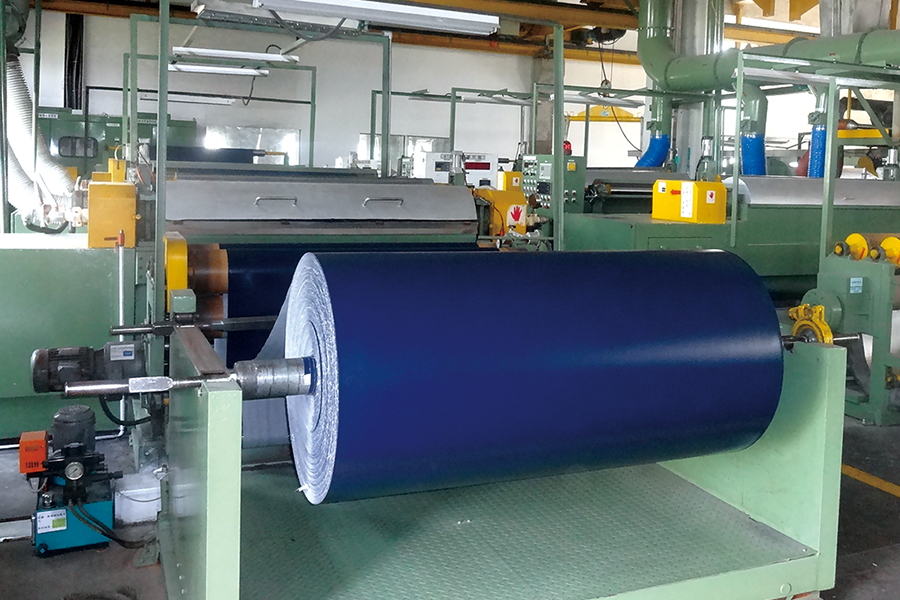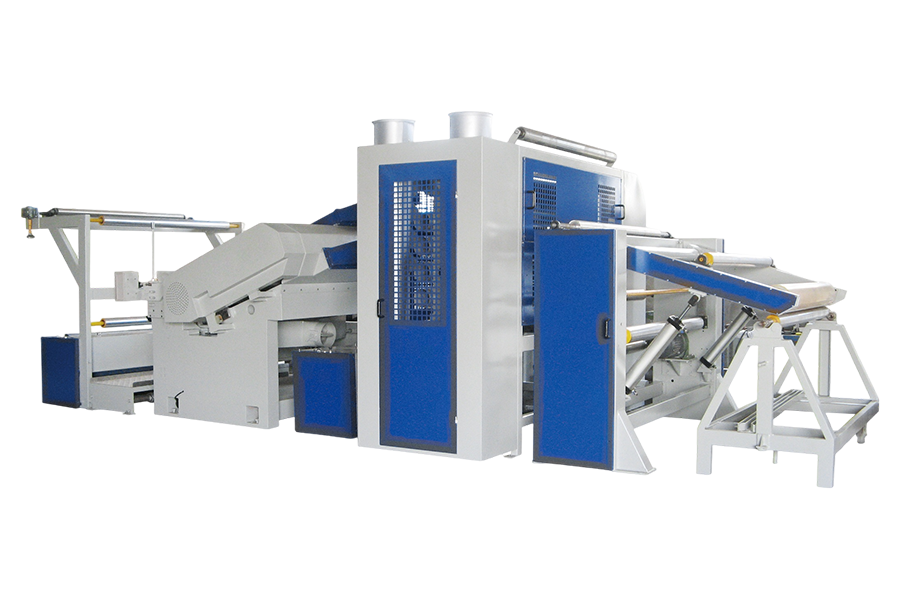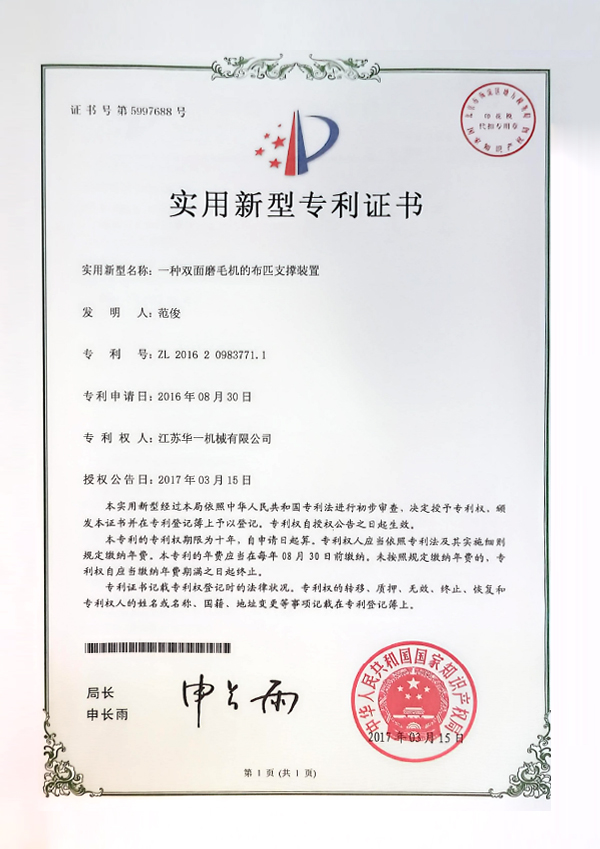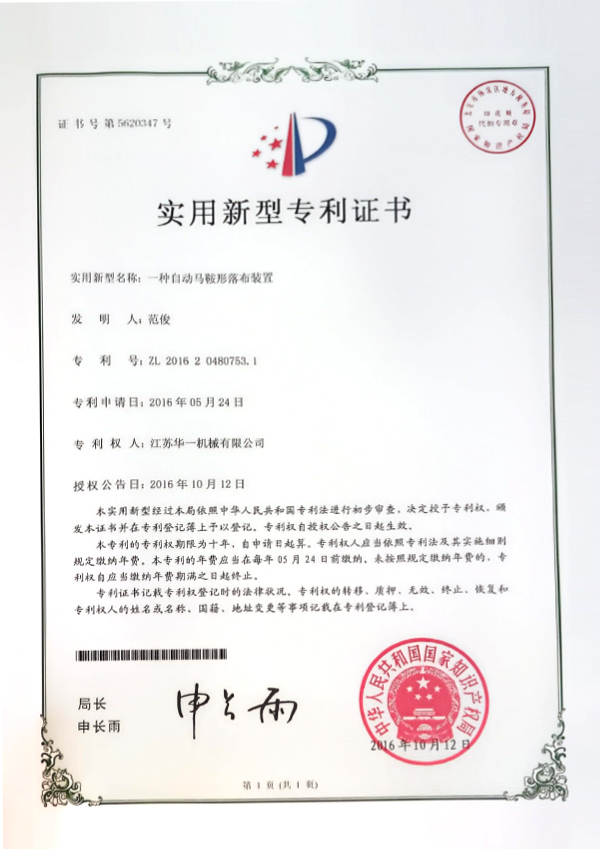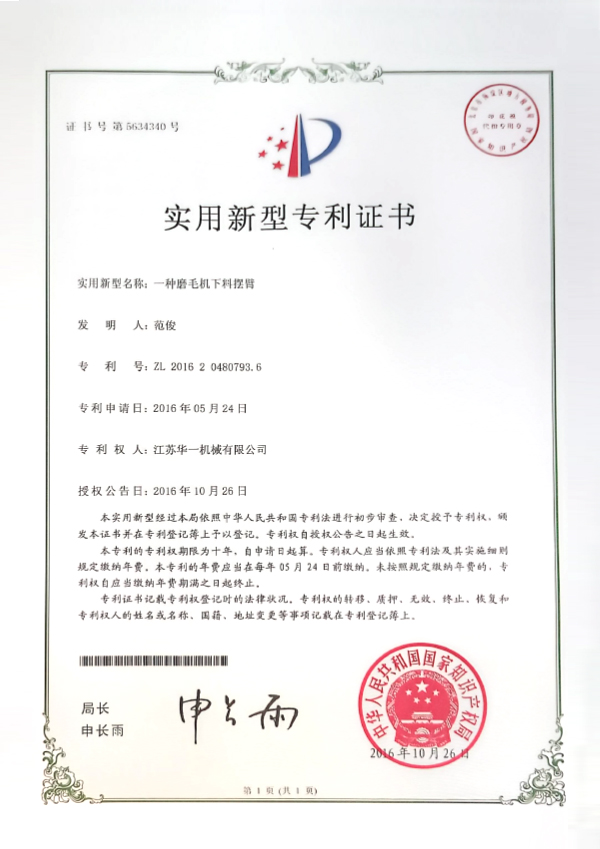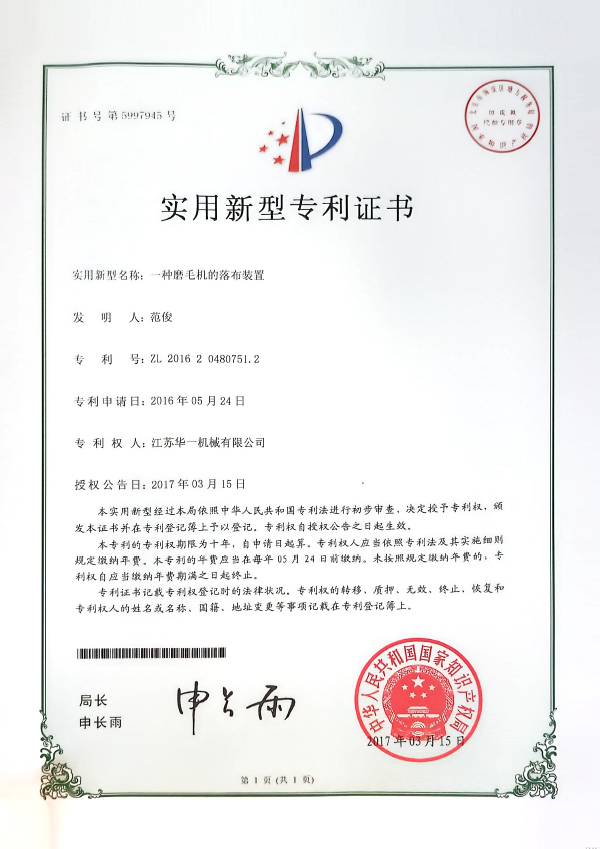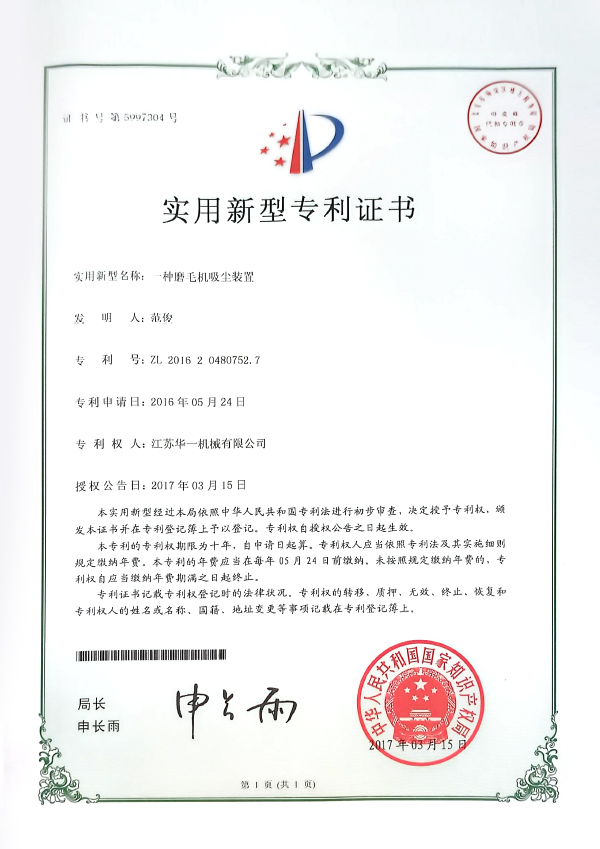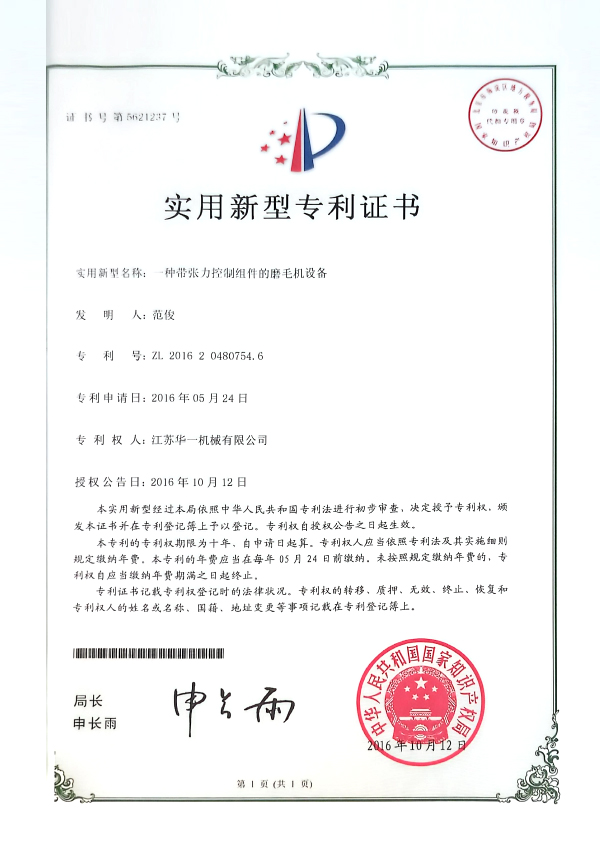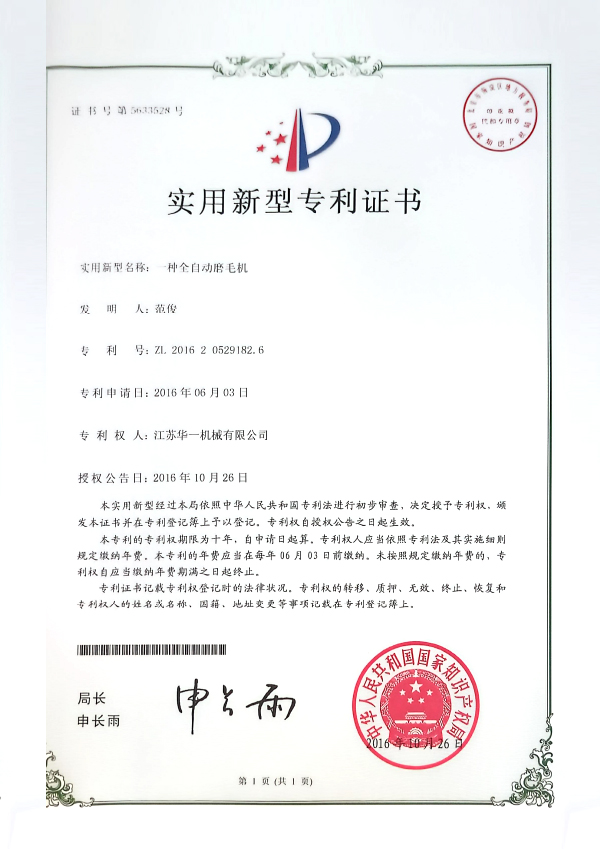What is a leather buffing machine?
As a crucial piece of equipment in leather finishing, a leather buffing machine plays a vital role in the entire leather manufacturing process. Using advanced grinding technology, it precisely smoothes, polishes, and adjusts the leather's surface thickness, significantly enhancing the quality of the finished product and strengthening its market competitiveness. As consumers' demands for high-end leather products continue to rise, the value and role of leather buffing machines are becoming increasingly prominent in the luxury goods manufacturing, automotive interiors, and high-end footwear and bags industries.
Specifically, leather buffing machines are equipped with a variety of sanding rollers or grinding rollers with different materials and textures, such as fine sandpaper rollers, durable diamond rollers, and soft nylon brush rollers. By changing these grinding rollers, the equipment can precisely process leather of varying types and thicknesses. On the one hand, leather buffing machines effectively remove various surface imperfections on leather, such as bumps, scratches, and burrs, ensuring a smooth and uniform surface. On the other hand, by adjusting the grinding roller material and grinding force, they can also impart a variety of textures to leather, such as a matte finish for a luxurious, understated look, a suede finish for a soft and velvety feel, and a grainy texture for enhanced three-dimensionality and visual impact.
This versatile surface treatment not only significantly enhances the leather's feel and comfort, but also enhances its visual appeal and uniqueness, meeting the market's diverse demand for personalized and high-quality products. Leather buffing machines also help manufacturers improve product consistency and quality through stable processing.
Product Features and Core Functions of Leather Buffing Machines
Leather buffing machines are high-precision mechanical equipment designed specifically for leather surface treatment. Their core function is to achieve a smooth, uniform thickness, and finely textured leather surface through mechanical grinding. Leather sanding machines are typically equipped with a variety of roller types, such as sandpaper, nylon brushes, and emery. By switching between rollers of varying materials and grit, precise processing of various leather materials is achieved.
Key technical advantages of this equipment include:
Uniform Grinding: Equipped with an advanced pressure control system and a precisely designed roller structure, leather sanding machines ensure uniform force on the leather throughout the entire processing process, avoiding uneven wear or uneven thickness caused by excessive localized force. This uniform grinding effect not only ensures the smoothness and consistency of the leather surface, but also effectively improves the overall quality of the finished product, reducing defects in subsequent processing steps and meeting the stringent requirements of the high-end leather market for meticulous detail.
Versatile Texture Treatment: Leather sanding machines are equipped with a variety of rollers of varying materials and textures, such as fine sandpaper, grainy emery, and soft nylon brushes. By switching and adjusting these roller types, the equipment can impart a variety of surface effects to the leather, including matte, suede, and grainy textures. These textures not only enhance the leather's visual depth and tactile richness, but also meet the current market's strong demand for personalized and differentiated designs, providing brands with more room for innovation and a competitive advantage.
Automated Adjustment: Modern leather buffing machines are generally equipped with advanced numerical control (CNC) systems that monitor and adjust key parameters such as pressure, speed, and path during the grinding process in real time, achieving a high degree of automation and precise control. Automated adjustment not only significantly improves production efficiency and reduces human error, but also enables the equipment to adapt to different leather types and thicknesses, ensuring stability and consistency in each batch of processed products, meeting the needs of large-scale industrial production.
Protecting Leather Fibers: The flexibility and durability of leather depend largely on the integrity of its fiber structure. By properly controlling the grinding force and roller speed, buffing machines avoid excessive damage and breakage to the leather fibers, effectively preserving the leather's natural properties and longevity. Furthermore, the gentle grinding process maintains the leather's elasticity and breathability, ensuring the final product strikes an optimal balance between comfort and performance, meeting the dual demands of leather texture and functionality in the high-end market. Furthermore, leather buffing machines are widely applicable to a variety of materials, including genuine leather, artificial leather, and microfiber leather. They effectively remove surface defects and enhance tactility and aesthetics, making them indispensable processing equipment in the production of high-end leather products. Their stability and efficiency make them an ideal choice for large-scale leather processing manufacturers looking to improve product quality and production capacity.
What are the technical features and advantages of Huayi's leather buffing machines?
As a leading manufacturer of leather buffing machines and supplier of microfiber buffing equipment in China, Jiangsu Huayi Machinery Co., Ltd. has been deeply engaged in this field for over 20 years. Through continuous technological innovation and equipment optimization, it has established a benchmark position in the industry for high-end buffing equipment.
Huayi's leather buffing machines offer the following core advantages:
Diverse Customization Capabilities: Jiangsu Huayi Machinery Co., Ltd.'s leather buffing machine product line covers both dry and wet processes, including vertical, horizontal, planetary, and advanced CNC automated buffing technology. These diverse machine designs can meet the personalized processing requirements of different leather materials, such as genuine leather, artificial leather, and microfiber leather. The company can flexibly adjust the equipment's configuration and functionality based on specific customer production requirements, providing customized solutions for leathers of varying thickness, texture, and application, significantly improving processing efficiency and product quality.
Precision Control System: Huayi leather grinding machines are equipped with an advanced CNC system that allows for precise adjustment of key parameters during the grinding process, including grinding force, roller speed, and processing path. Through real-time monitoring and dynamic adjustment, the equipment ensures highly consistent and precise processing results for each piece of leather, effectively reducing errors caused by manual operation. Furthermore, the CNC system supports automated production processes, enhancing the automation and intelligence level of the production line and significantly reducing labor costs and operational risks.
Modular Design: The equipment utilizes a modular design concept, allowing key functional components such as sanding rollers, brush rollers, and pressure rollers to be quickly disassembled, assembled, and replaced. This not only allows users to flexibly switch production modes based on different leather types and processing requirements, but also reduces equipment maintenance and upgrade time, improving the responsiveness and adaptability of the production line. The modular design also supports customized equipment modifications, helping companies quickly respond to market changes and technological advancements. Energy-efficient and efficient operation: Huayi's leather grinding machines achieve efficient energy utilization through optimized motor power control systems and scientifically designed grinding paths. This not only increases processing speed but also significantly reduces electricity consumption. While maintaining high production output, the equipment reduces operating costs and improves the company's economic benefits. Furthermore, this energy-saving design aligns with current industry trends toward green manufacturing and sustainable development, helping companies achieve their environmental goals.
Balanced stability and durability: To ensure the equipment can withstand long-term continuous operation, Jiangsu Huayi Machinery Co., Ltd. utilizes high-strength alloy materials and advanced wear-resistant technology in its core components, ensuring excellent stability and durability even under high loads. This design effectively reduces equipment failure rates and maintenance requirements, extending its service life and ensuring continuous and efficient production line operation, providing companies with reliable production support and reduced operational risks.

 简体中文
简体中文 English
English عربى
عربى